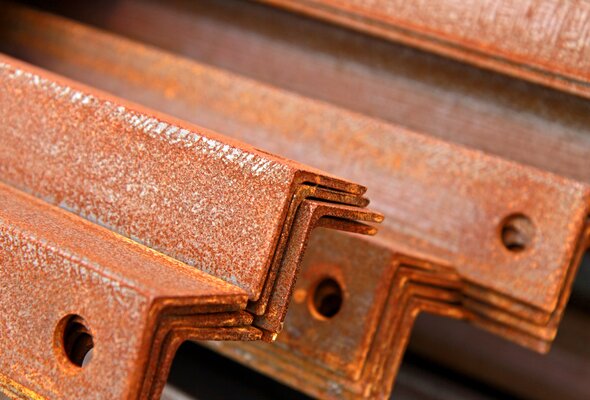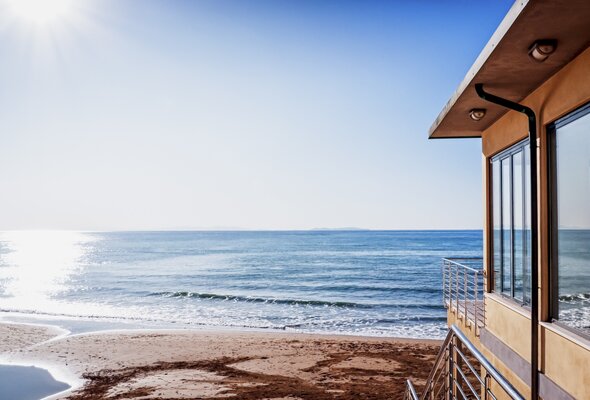Robust Surfaces – Aesthetics and Functionality
Increased Protection Against Mechanical Stresses.
IGP’s “robust surfaces” approach was a pioneering development. It makes surfaces especially resistant to mechanical influences without affecting the other required properties such as finish, mechanical quality, or weathering stability.
Applications such as coating architectural elements or industrial components demand varying levels of robustness. For example, packaging materials can damage surfaces via repeated rubbing. Other mechanical stresses, e.g., abrasive cleaning, can impair the microstructures of the surface, which causes fine scratches, dulls the colors, and reduces the protective effect of the coating.
Here are a few of the most significant examples:
- Gouging
A key requirement is resistance to scratches caused by gouging actions, which usually occur during use or installation of the object. Not only the edge areas, but also the entire coated body must withstand the forces that act on them. IGP products with an “S” as the 11th character in the article designation are formulated for higher resistance to scratching.
The IGP Pulvertechnik AG test design for articles with higher scratch resistance includes the Martindale test according to CEN/TS 16611, which is required in No. 2.2.1 of the Qualicoat specifications. However, the IGP test applies double the number of rotations by a scratching body and a weight load which is triple that of the Qualicoat test requirement.
Our testers measure the residual gloss after scratching. These tests show that IGP coating powders for architecture achieve residual gloss results which are between 40% and 130% higher than the level required by the standard. Therefore, they have a massive impact on the lasting beauty of the coated component.
- Abrasion Resistance
Higher abrasion resistance of the surfaces contributes to safer packaging and transport and also ensures optimal cleanability.
A Taber abraser test is used to determine the abrasion resistance (ISO 9352, ASTM D 1044, DIN EN standard 438 – 6). The abrasion stress is created by two rollers coated with abrasive particles which press onto the rotating sample with a specified force. The difference before and after testing defines the amount of material abraded from the sample.
IGP products with a “D” as the 11th character in the article designation are formulated for higher abrasion resistance.
- Erosion Resistance and Falling-Sand Test
Mechanical stresses that can cause special forms of abrasion are created by wind-driven particles or sand as well as climate influences (hail, surface water, etc.).
The applicable US standards for coatings for aluminum construction elements in the window and façade industry are AAMA 2604 and 2605. These standards require an erosion test to determine the coating quantities eroded during a specified weathering period. This figure must be no higher than 10% of the initial weight of the sample. Additionally, AAMA 2604 and 2605 require that façade coatings are resistant to sand and dust abrasion. This resistance is determined via a falling-sand test according to ASTM D 968 in the form of an abrasion coefficient (volume of sand in liters / coating thickness removed).
We test our high-quality façade coatings to verify their compliance with these standards. This gives you the assurance that these coatings provide effective weathering protection and lasting gloss even in locations subjected to high mechanical stresses.



